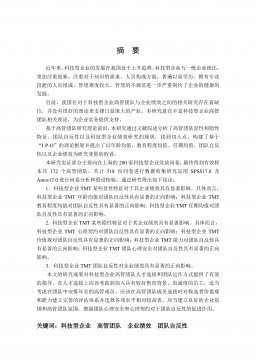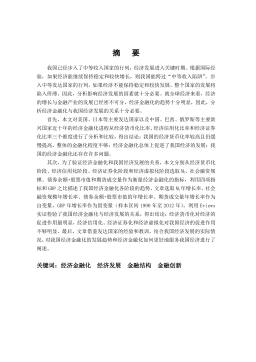USST_Arts_117200895有限合伙公司定向增发投资的策略研究
II摘要随着2006年我国证券市场的股权分置改革逐步完成,非公开发行定向增发股票(简称“定向增发”)逐渐成为上市公司再融资的一种重要手段。同时,定向增发投资也成为近年来众多机构认可的主要投资方式。本文研究发现,通过有限合伙公司的形式投资定向增发比例不断攀升。无论是一级半市场或是二级市场,有限合伙公司定向增发投资已经成为当前证券市场的投资热点。甚至在2011年以来的市场波动以及熊市行情中,在收益大幅缩水且波动加大的情况下,各路资本借道有限合伙公司的形式依然乐此不疲,总体投资规模逆市增长。而相关研究中,对此类现象,特别是有限合伙公司类的投资形式的关注不多,相应的策略研究更是少见。本文通过对国内外文...
相关推荐
-
XX中学英语学科质量提升计划书VIP免费
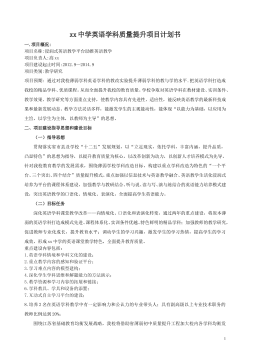
 2025-01-09 8
2025-01-09 8 -
VIPKID-美国小学在家上-在线英语学习项目商业计划书VIP免费

 2025-01-09 8
2025-01-09 8 -
English TV--英语学习智能视频平台创业商业计划书VIP免费

 2025-01-09 11
2025-01-09 11 -
English TV,4--英语学习智能视频平台商业计划书VIP免费

 2025-01-09 14
2025-01-09 14 -
260Educotton-让孩子快乐学习英语的平板电脑商业计划书VIP免费

 2025-01-09 12
2025-01-09 12 -
XX英语学校创业策划书VIP免费

 2025-01-09 11
2025-01-09 11 -
Ustudy-K12英语在线学习产品商业计划书VIP免费
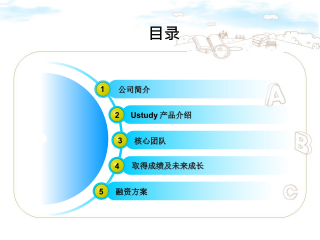
 2025-01-09 12
2025-01-09 12 -
Strawberry English School (SES)英语培训学校计划书VIP免费
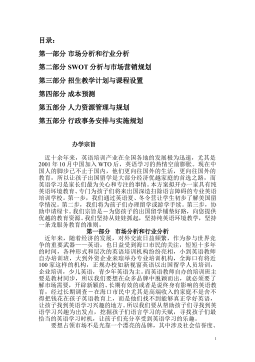
 2025-01-09 16
2025-01-09 16 -
《天中英语智能电子公司创业商业计划书》VIP免费
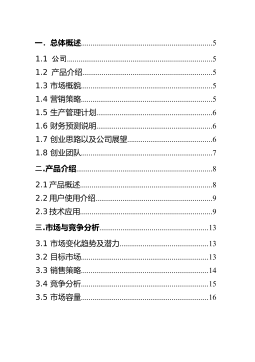
 2025-01-09 13
2025-01-09 13 -
XXXX少儿英语培训学校创业计划书VIP免费
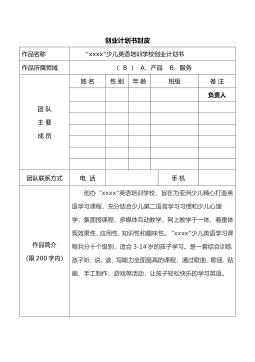
 2025-01-09 21
2025-01-09 21
作者详情
相关内容
-

XX英语学校创业策划书
分类:中小学教育资料
时间:2025-01-09
标签:无
格式:WPS
价格:10 积分
-

Ustudy-K12英语在线学习产品商业计划书
分类:中小学教育资料
时间:2025-01-09
标签:无
格式:PPTX
价格:10 积分
-

Strawberry English School (SES)英语培训学校计划书
分类:中小学教育资料
时间:2025-01-09
标签:无
格式:DOC
价格:10 积分
-

《天中英语智能电子公司创业商业计划书》
分类:中小学教育资料
时间:2025-01-09
标签:无
格式:DOC
价格:10 积分
-

XXXX少儿英语培训学校创业计划书
分类:中小学教育资料
时间:2025-01-09
标签:无
格式:DOC
价格:10 积分


